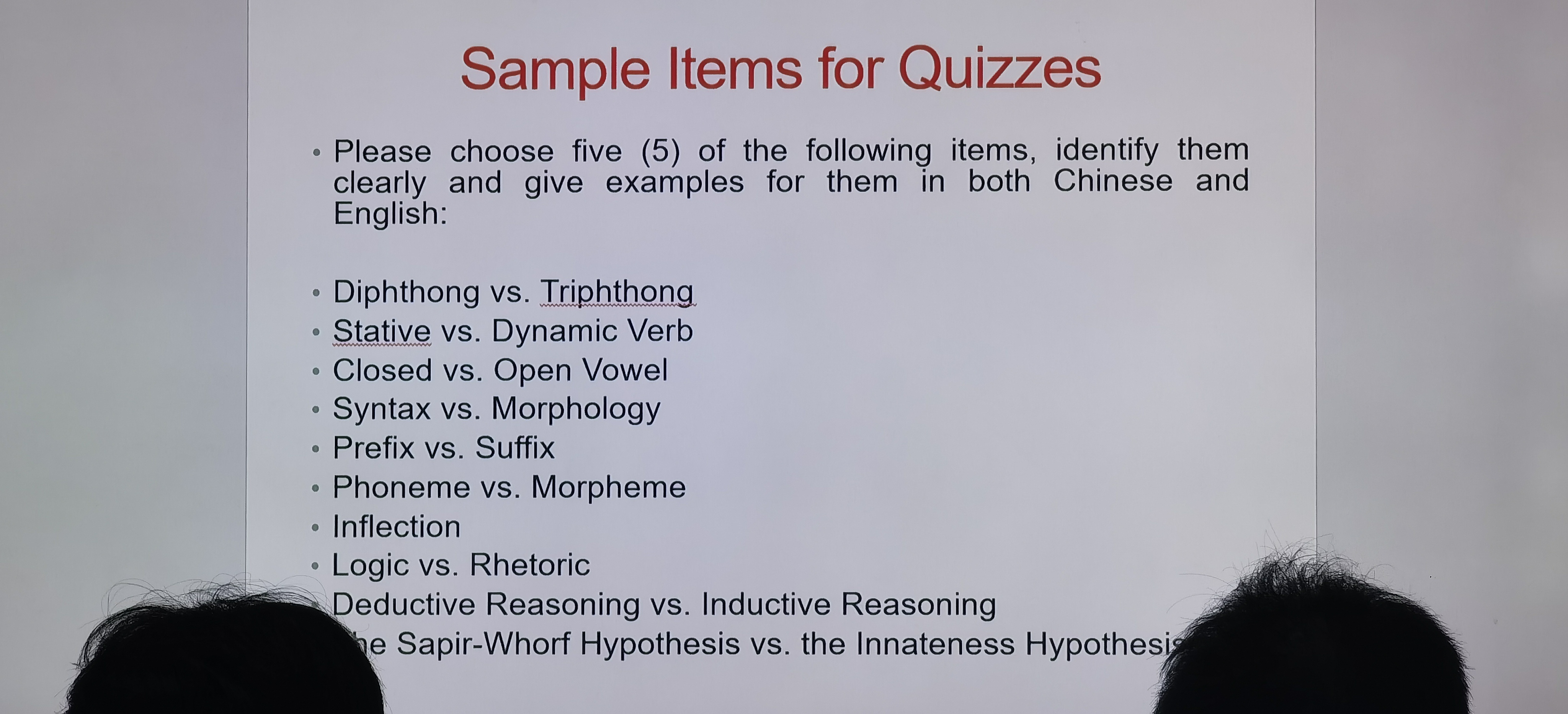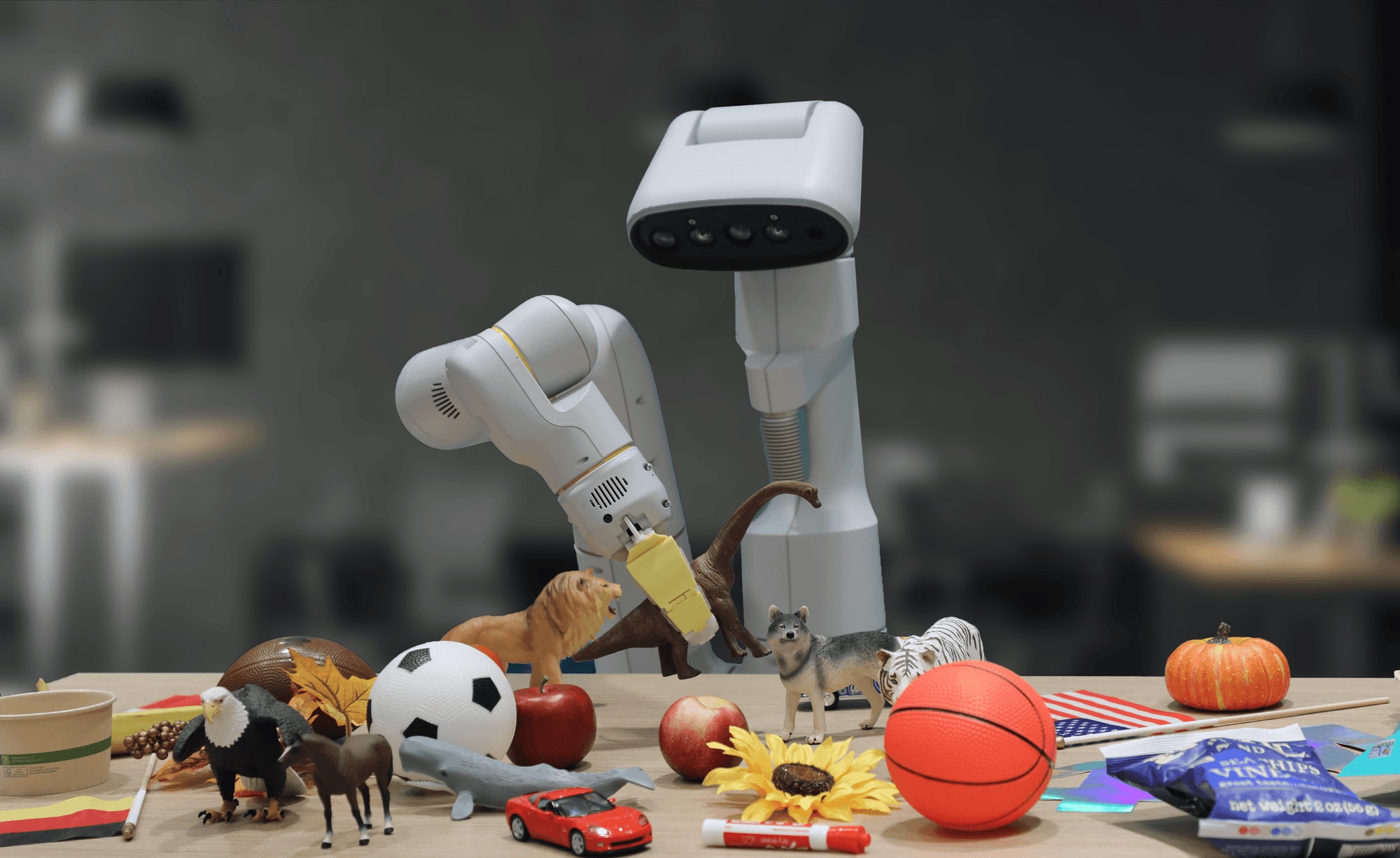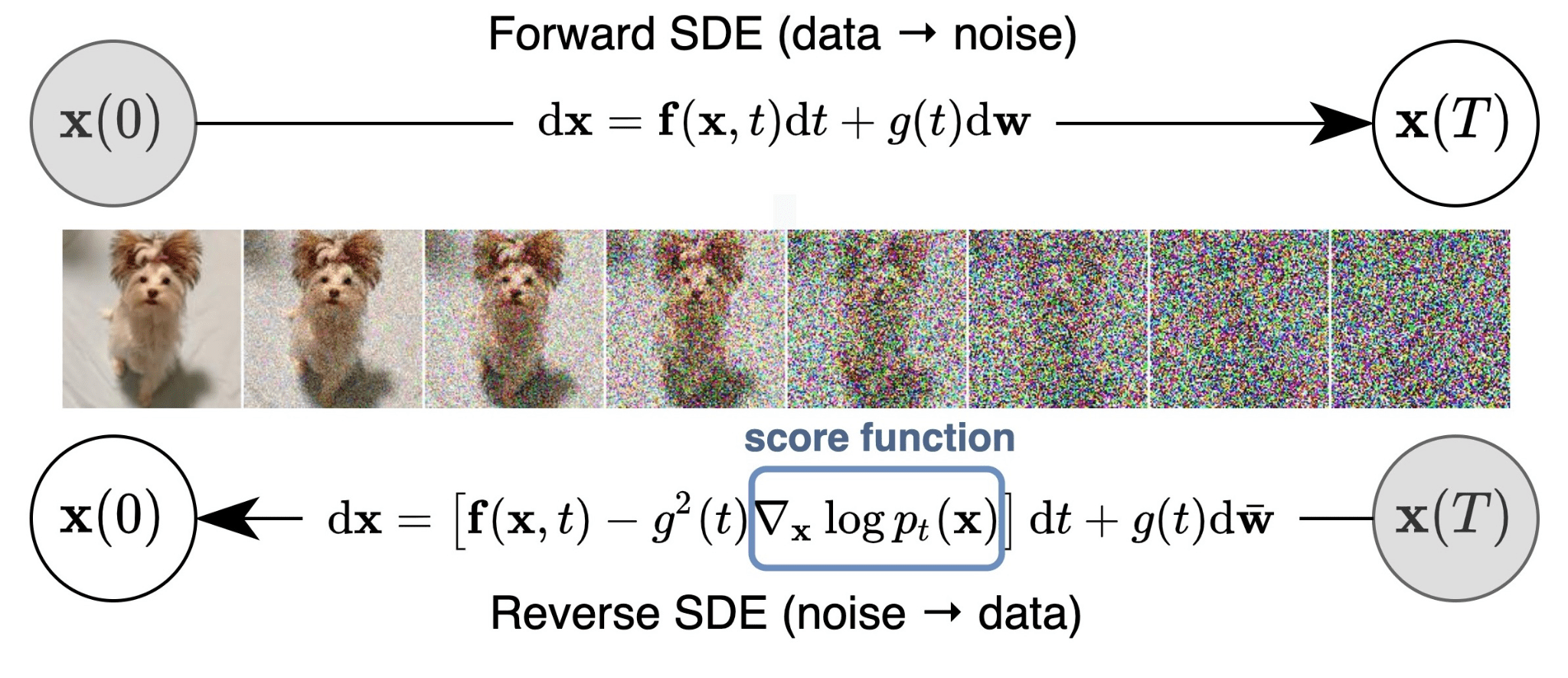linguistics learning
Before taking this class, actually, i often view language with prejudice, just regarding it as a kind of tools to represent daily texts. And it may not be that kind of special.
In fact, language is the decisive factor in human evolution. And it actually represents not only patterns, but also records of human thinking. The languages we use, the words’ meanings, are the the signs or symbols to record mix of our views towards the reality world and our living experiences and our emotions . This is memorable in human history, which means that humans can communicate, educate, and inherit through language.
In my opinion, language is about thought, language is the manifestation of human thinking. In a broad sense, mathematical language and programming language can be viewed part of language. From the perspective of information theory, they are just a collection of information and thinking in specific fields.
For the field i’m working in, the studying of language is quite important, effecting the development of AI. And i think, maybe language is the key to open the gate of human thinking mechanism because it’s really complex, involving vision, emotion, memory, learning, representation.
Quiz review

Diphthong and Triphthong
Diphthongs ao and triphthongs iao
双元音和三元音
Stative and Dynamic Verb
Dynamic verbs (sometimes referred to as “action verbs”) usually describe actions we can take, or things that happen; stative verbs usually refer to a state or condition which is not changing or likely to change.
She plays tennis every Friday.
The box contains 24 cans of soda.
Closed and Open Vowel
开音节闭音节
Open Vowel: like
Closed Vowel:‘ask’—It contains one vowel, the letter “a,” and ends in a consonant, the letter “k.”
Syntax and Morphology
Syntax is the most important aspect of grammar since it refers to the way words are put together in a group to create meaning (clauses, phrases, sentences). Studying syntax means studying the relationships of words to create meaning.
Morphology is the study of words and their parts. Morphemes, like prefixes, suffixes and base words, are defined as the smallest meaningful units of meaning.
Prefix and Suffix
A prefix is a word part added to the beginning of a word that changes the word’s meaning. A suffix is a word part added to the end of a word that changes the word’s meaning.
un+except+able
Phoneme and Morpheme
A morpheme is the smallest meaningful unit in the grammar of a language. A phoneme is a smaller unit of sound, but does not always convey meaning.
A phoneme is the smallest contrastive unit in the sound system of a language. Phonemes are represented between slashes by convention, for example: /b/, /j/, /o/. The Chinese phoneme /m/ is similar to the English phoneme /m/, but there are differences such as the Chinese phoneme /y/ (pinyin ü, sometimes u or v) does not exist in the English language today.
For instance, the word dogs, consists of two morphemes and one syllable: dog, and -s, a plural marker on nouns.
Inflection(词形变化)
In linguistic morphology, inflection (or inflexion) is a process of word formation,[1] in which a word is modified to express different grammatical categories such as tense, case, voice, aspect, person, number, gender, mood, animacy, and definiteness.[2] The inflection of verbs is called conjugation, and one can refer to the inflection of nouns, adjectives, adverbs, pronouns, determiners, participles, prepositions and postpositions, numerals, articles etc., as declension.
Logic and Rhetoric
Logic and rhetoric are the intellectual self-defense against persuasion and enable people to evaluate others’ claims on truth based on the reasoning given in support of their claims.
Deductive Reasoning and Inductive Reasoning
Deduction is generally defined as “the deriving of a conclusion by reasoning.” Its specific meaning in logic is “inference in which the conclusion about particulars follows necessarily from general or universal premises.” Simply put, deduction—or the process of deducing—is the formation of a conclusion based on generally accepted statements or facts. It occurs when you are planning out trips, for instance. Say you have a 10 o’clock appointment with the dentist and you know that it takes 30 minutes to drive from your house to the dentist’s. From those two facts, you deduce that you will have to leave your house at 9:30, at the latest, to be at the dentist’s on time.
Deductive reasoning always follows necessarily from general or universal premises. If a sandwich is defined as “two or more slices of bread or a split roll having a filling in between,” and a hot dog is defined as “a frankfurter; especially : a frankfurter heated and served in a long split roll” then one must deduce that any hot dog served in a split roll is a sandwich.
Whereas in deduction the truth of the conclusion is guaranteed by the truth of the statements or facts considered (the hot dog is served in a split roll and a split roll with a filling in the middle is a sandwich), induction is a method of reasoning involving an element of probability. In logic, induction refers specifically to “inference of a generalized conclusion from particular instances.” In other words, it means forming a generalization based on what is known or observed. For example, at lunch you observe 4 of your 6 coworkers ordering the same sandwich. From your observation, you then induce that the sandwich is probably good—and you decide to try it yourself. Induction is at play here since your reasoning is based on an observation of a small group, as opposed to universal premises.
the Sapir-Whorf Hypothesis and the Innateness Hypothesis
The Sapir–Whorf hypothesis, also known as the linguistic relativity hypothesis, refers to the proposal that the particular language one speaks influences the way one thinks about reality.
The innateness hypothesis is an expression coined by Hilary Putnam to refer to a linguistic theory of language acquisition which holds that at least some knowledge about language exists in humans at birth.
hypotaxis and parataxis
The difference between hypotaxis and parataxis comes down to conjunctions. While parataxis avoids them, hypotaxis adds them to indicate a relationship. For example, she knew everything would be okay because her father walked through the door. The use of ‘because’ conjoins the two phrases showing the relationship.
Cohesion and Coherence
Cohesion refers to the many ways (grammatical, lexical, semantic, metrical, alliterative) in which the elements of a text are linked together. Cohesion differs from coherence in that a text can be internally cohesive but be incoherent – that is, make no sense. Here is a text that is grammatically and lexically cohesive, but not very coherent:
An octopus is an air-filled curtain with seven heads and three spike-filled fingers, which poke in frills and furls at ribbon-strewed buttons.
Final Exam
Preparation for CLS Final Examination
Zhao Yuanren
Zhao Yuanren, was a Chinese-American linguist, educator, scholar, poet, and composer, who contributed to the modern study of Chinese phonology and grammar.
National Romanization System
Romanization of Chinese is the use of the Latin alphabet to transliterate Chinese.
PRC Major Language Policies
Intonation vs. Tones
Intonation deals explicitly with your words’ fluctuation, which is the upward and downward movement of your voice in your speech. Tone is shown or heard in how something is being said. It is more like an attitude rather than being a voice pattern.
4+ Tones in Putonghua
Major Intonation Types
Syllabic Distinctions in Putonghua
Tonal Variations in Chinese Dialects
Tonogenesis Theory in Putonghua
Polysyllabization Trends
Metaphors, Similies and Analogies
Analogy is a comparison of two things to help explain an idea or concept.
Metaphor is a word or phrase that takes on the meaning of something else.
Simile is a phrase (that usually uses the word “like” or “as”) that compares one thing with another thing to make a description more vivid.
Aristotelian vs. Modern Views of Metaphors
Spatial Metaphors
Container Metaphors
Light Metaphors
Physiological Metaphors
Off the Ground Metaphors
Nature Metaphors
Synaesthetic MetaphorsOrthographic Synaesthesia
Yet Already Still
(Identify/contrast function, placement of, etc.)
Tone of Voice and Yet Already StillPositive/Negative Uses of Yet Already Still
Yet Already Still and Tag Questions
Placement of Question Words
Disjunctive Questions
Tag Questions
附加疑问句
You haven’t seen this film, have you?
Particle Questions
Structure of Basic Questions
Declarative Questions
Rhetorical Questions
Echo Questions
Reply Questions
Front Vowel Back Vowel
Consonant Cluster
Linguistic Determinism Linguistic Relativity
Linear Thinking Circular Thinking
Linear thinking : express the idea in a direct way.
Circular thinking: express ideas in a circular way, that is , to say common , normal things but with some inner meaning.
Analytic vs. Synthetic Features
An “analytic” language is any language that conveys grammatical information not by changing its word forms, but rather mainly by other means such as additional particles and markers or a stricter word order.
Analytic features:
- Use of independent words to express abstract concepts
- Syntax is strict and elaborate
- Word order is stressed (S/V/O); Topic-comment prominence
- Less morphology and inflection
- Rely on context for understanding
A “synthetic” language is any language that uses the strategy of changing its word forms (e.g. by adding word endings) to convey grammatical information, such as the tense, aspect, and voice of a verb, or the role of a noun in a sentence.
Synthetic features:
- Use of inflection, morphology, affixes and have a high morpheme-per-word ratio.
- “boy” has a 1:1 morpheme-word ratio
- 男孩 has a 2:1 morpheme-word ratio
Passives
Passive Construction in English is used to emphasize another part of the sentence besides the subject of the active verb.
To emphasize another part of the sentence besides the subject of the active verb.
Passive (though not active) sentences generally require a form of the copula/auxiliary verb “to be.”
The main verb is in the past participle form (seen/stolen/taken).
The Use of Corpus Linguistics
Noun Phrases
Personal, Possessive and Plural Pronouns
Verb-Adverbs
Morpheme: Word Ratios
morpheme in the word: word
- “boy” has a 1:1 morpheme-word ratio
- 男孩 has a 2:1 morpheme-word ratio
Time Expression
Topic vs. Subject Prominence





